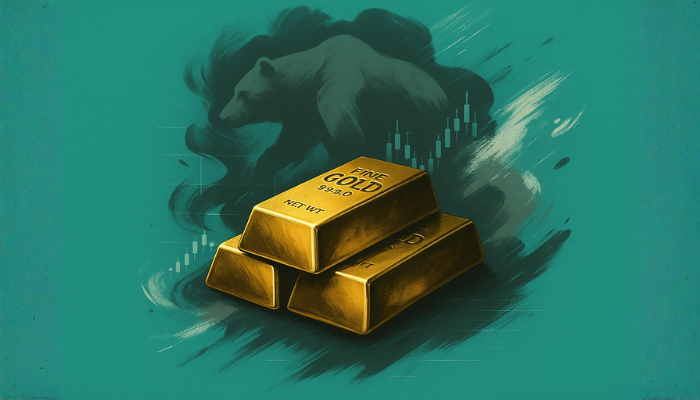The Fed’s blackout period ahead of its late-October meeting has also left markets reactive to any new economic signals or trade-related developments.
Central Bank and Institutional Buying Reinforce Long-Term Support
Global central banks remain consistent buyers of gold, diversifying reserves amid rising government debt and currency volatility. Data from the World Gold Council shows that official sector purchases exceeded 180 tonnes in the third quarter, led by China, Turkey, and India.
Meanwhile, holdings in gold-backed exchange-traded funds (ETFs) have grown steadily for four consecutive weeks, signaling sustained institutional interest despite market corrections.
The combination of fiscal strain in developed economies and steady central bank accumulation underscores gold’s appeal as a portfolio stabilizer rather than a short-term speculative hedge.
Silver Faces Near-Term Pressure but Retains Strategic Demand
Silver traded slightly lower as cautious sentiment and uneven industrial demand weighed on prices. However, analysts note that silver’s dual role as both a monetary and industrial metal continues to attract steady investment.
Robust growth in solar panel manufacturing and electrical components has supported long-term consumption trends, with the Silver Institute projecting global demand to exceed one billion ounces in 2025.

